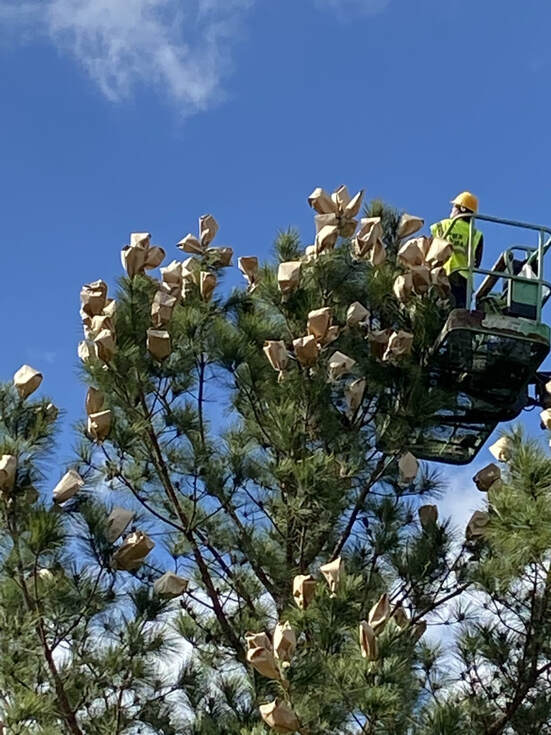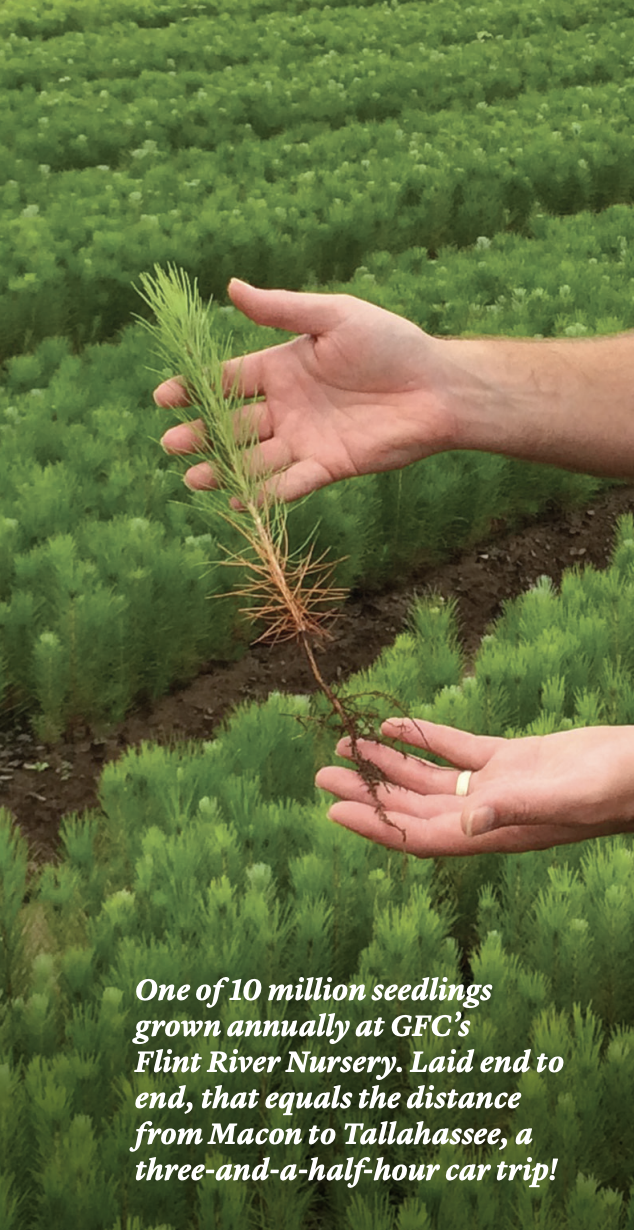The Way We Do the Things We Do
What You May Not Know About How the GFC Delivers Value to Georgia
By Stasia Kelly
Winter 2023
3,200 wildfires suppressed each year by the GFC Protection Department
 No fear of heights here,
as pollen is carefully captured
and collected for breeding
superior pines.
No fear of heights here,
as pollen is carefully captured
and collected for breeding
superior pines.

|
Georgia Forestry Magazine is published by HL Strategy, an integrated marketing and communications firm focused on our nation's biggest challenges and opportunities. Learn more at hlstrategy.com
|
